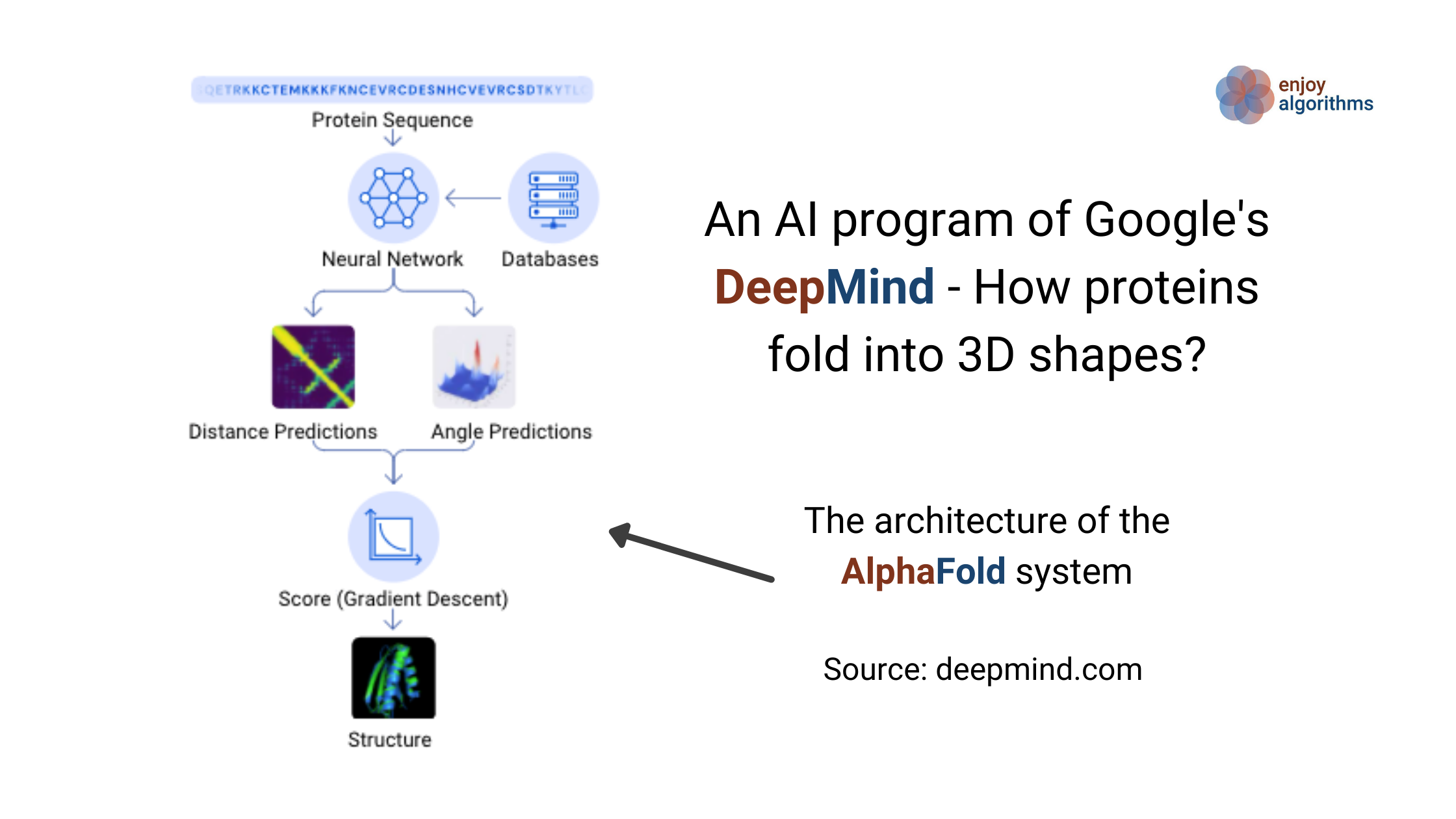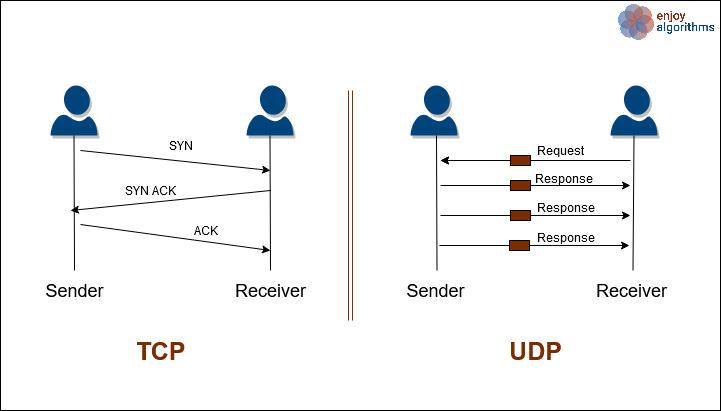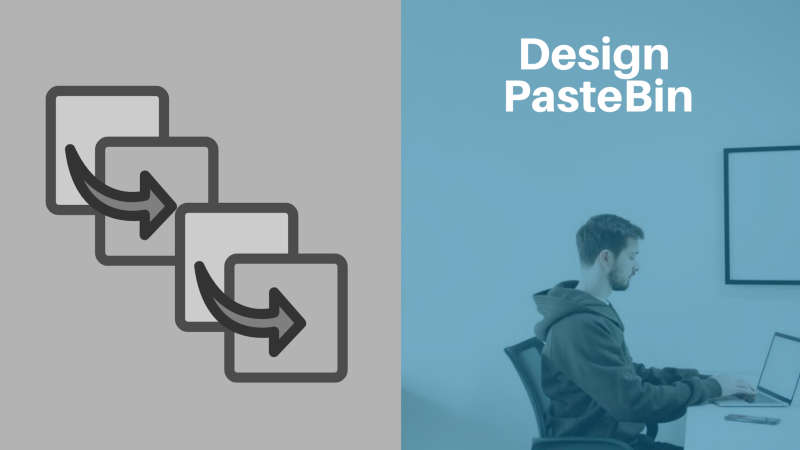
AlphaFold, an AI program of Google's DeepMind, solved the mystery of "How proteins fold into 3D shapes?". It was a mystery question for the past 5…

Applications that use TCP - Gmail, World Wide Web, etc.
Applications that use UDP - Media Streaming application like YouTube, online multiplayer games, etc.

AlphaFold, an AI program of Google's DeepMind, solved the mystery of "How proteins fold into 3D shapes?". It was a mystery question for the past 5…

In this blog, we will learn about Caching, an important fundamental concept in a system’s design. Have you ever experienced that when you open a…

Asked In Amazon, Ola Cabs Key benefits after reading this Blog Have you ever thought of any such service that could make our life easier by allowing…
Subscribe to get free weekly content on DSA, Machine Learning and System Design. Content will be delivered every Monday.